
Metal is a crucial component of our modern world, used in everything from buildings and transportation to electronics and medical equipment. But have you ever wondered where this valuable resource comes from? In this article, we'll explore the origins of metal and the processes involved in extracting it from the earth.
What is Metal?

Metal is a chemical element that is typically solid, shiny, ductile, and malleable. It is a good conductor of heat and electricity and can be found in a wide range of applications. Some common metals include copper, aluminum, iron, gold, and silver. These metals are essential to our daily lives and are used in a variety of ways.
The Origin of Metal
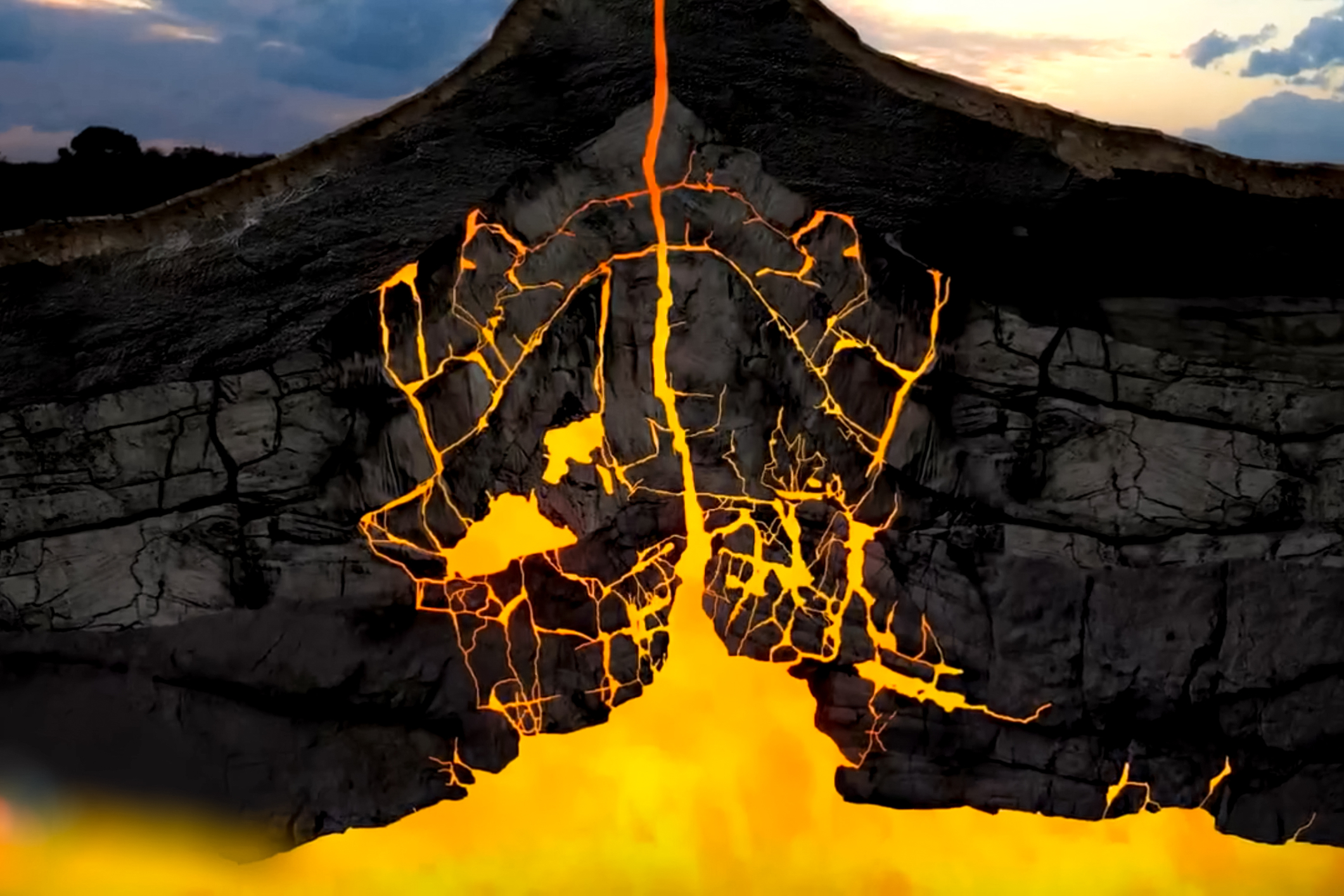
The origin of metal can be traced back to the formation of the earth. Many of the metals we use today were created during the earth's formation, while others were formed through geological processes such as volcanic activity and hydrothermal vents. Over time, these metals were concentrated in certain areas of the earth's crust, making them easier to extract.
Types of Metal Deposits
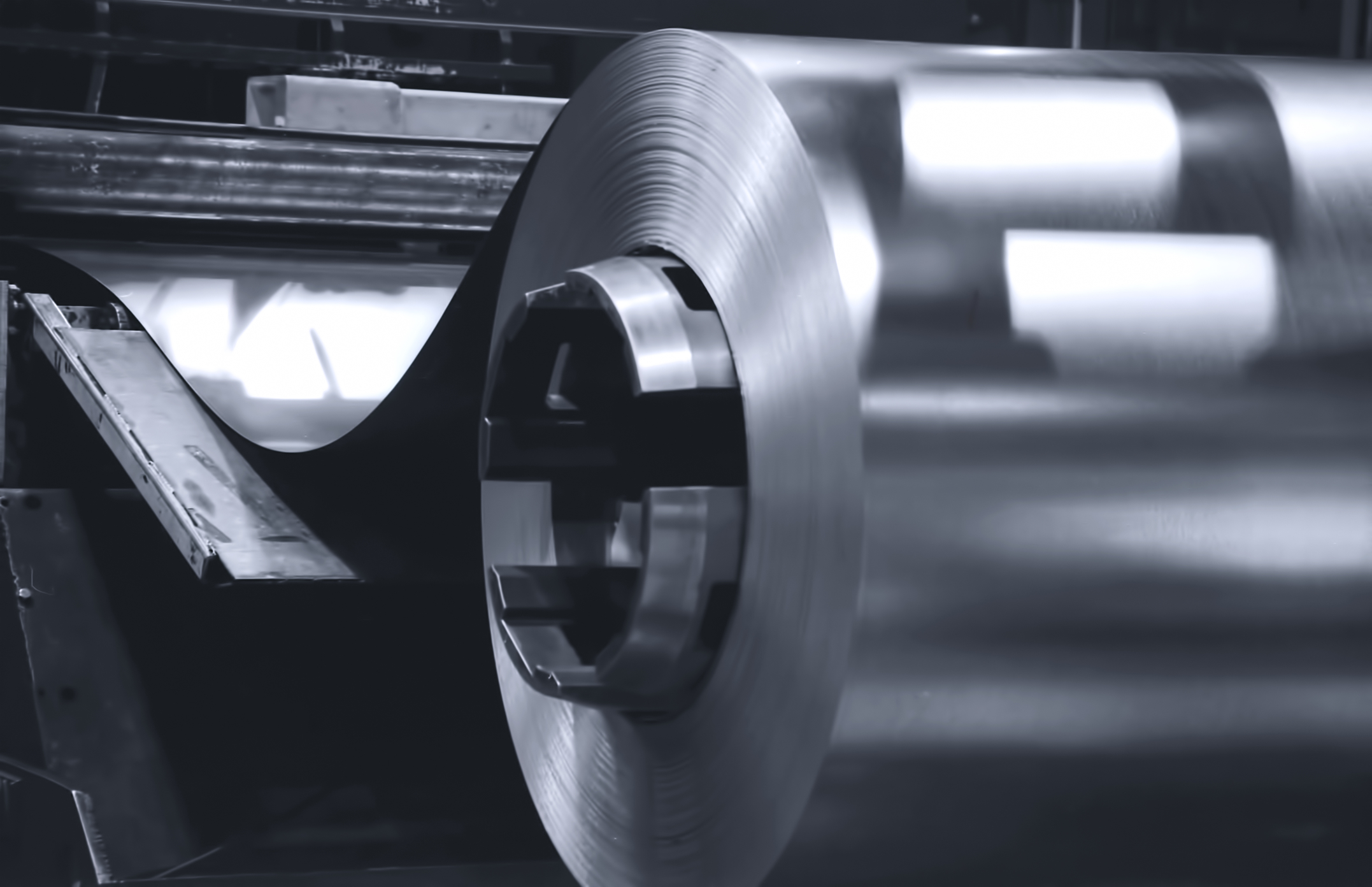
There are several types of metal deposits that can be found in the earth's crust. Some of the most common types include magmatic deposits, hydrothermal deposits, and sedimentary deposits. Magmatic deposits are formed from the cooling and crystallization of magma, while hydrothermal deposits are formed from hot, mineral-rich fluids that circulate through the earth's crust. Sedimentary deposits, on the other hand, are formed from the accumulation of minerals in sedimentary rocks.
The Process of Extracting Metal

The process of extracting metal from the earth can be complex and time-consuming. There are several steps involved in the process, including exploration, mining, processing, and refining. Exploration involves identifying potential metal deposits, while mining involves extracting the metal from the earth. Processing involves separating the metal from other minerals and refining involves purifying the metal to remove any impurities.
Environmental Impact of Metal Extraction

The process of extracting metal from the earth can have a significant environmental impact. Mining can lead to soil erosion, water pollution, and habitat destruction. Processing and refining can also produce hazardous waste and emissions, which can contribute to air and water pollution.
The Benefits of Metal Recycling

One way to reduce the environmental impact of metal extraction is through recycling. Metal recycling involves melting down used metal products and reusing the material to create new products. This process requires less energy and produces fewer emissions than extracting metal from the earth. Recycling also helps to conserve natural resources and reduce waste.
Common Uses of Metal
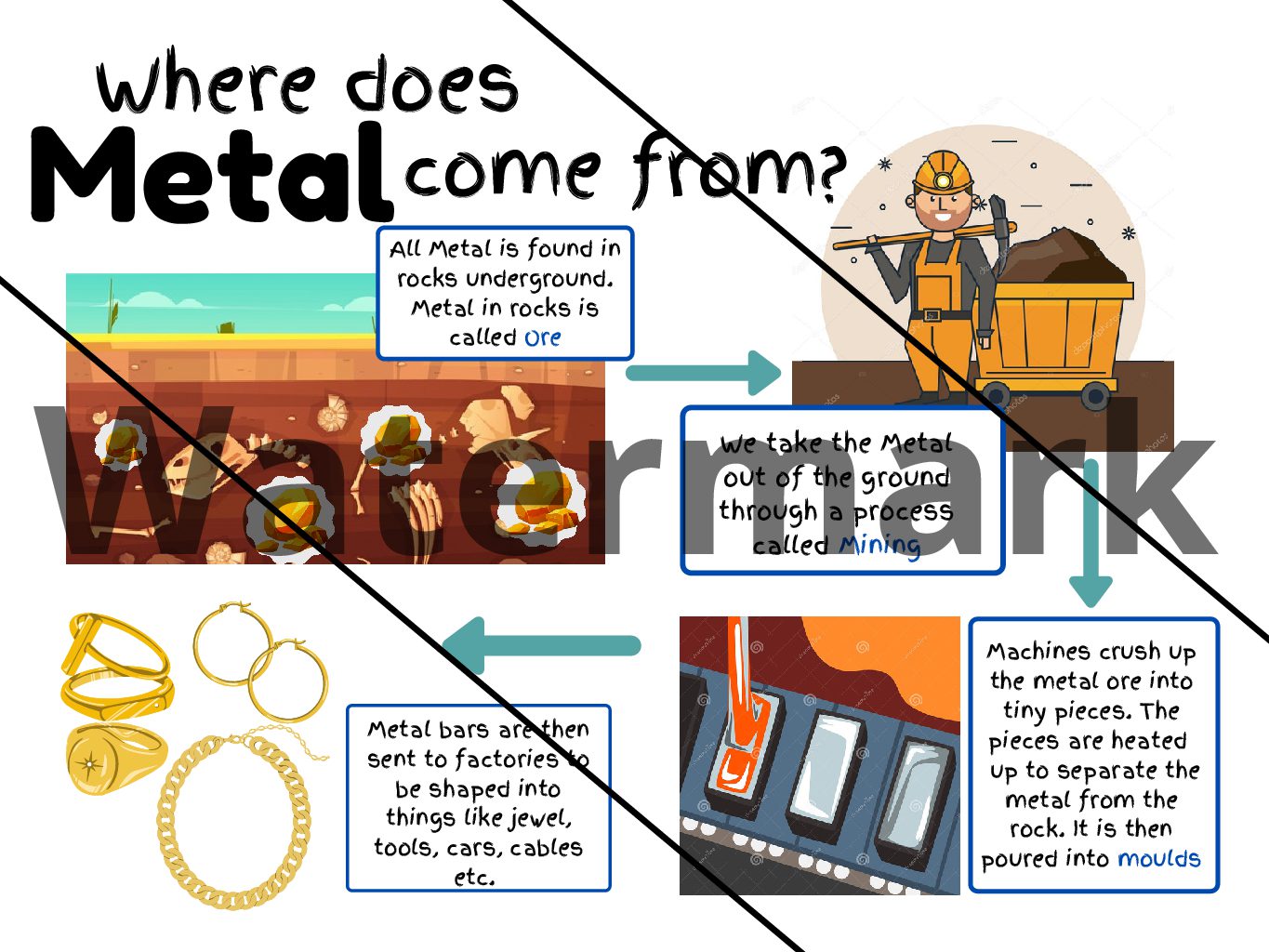
Metal is used in a wide range of applications, from construction and transportation to electronics and medical equipment. Some common uses of metal include building structures, electrical wiring, automotive parts, jewelry, and coins. Metal is also used in scientific research and industrial processes.
Conclusion
From its origins in the earth's crust to its many uses in our daily lives, metal is an important resource that has shaped our world in countless ways. While the process of extracting metal can have a significant environmental impact, recycling and conservation efforts can help to mitigate these effects. By understanding where metal comes from and how it is used, we can work towards a more sustainable future.
Related video of Where Does Metal Come From?

Vigorous exercise can be tough on the body, and one of the most commonly experienced side effects is the build-up of lactic acid. This substance can cause discomfort and fatigue, but what is it and where does it come from?
What is Lactic Acid?

Lactic acid is a type of acid that is produced by the body when it breaks down glucose for energy. It is a byproduct of the process that the cells in our muscles use to create energy when they don't have enough oxygen.
How Does Lactic Acid Build Up?
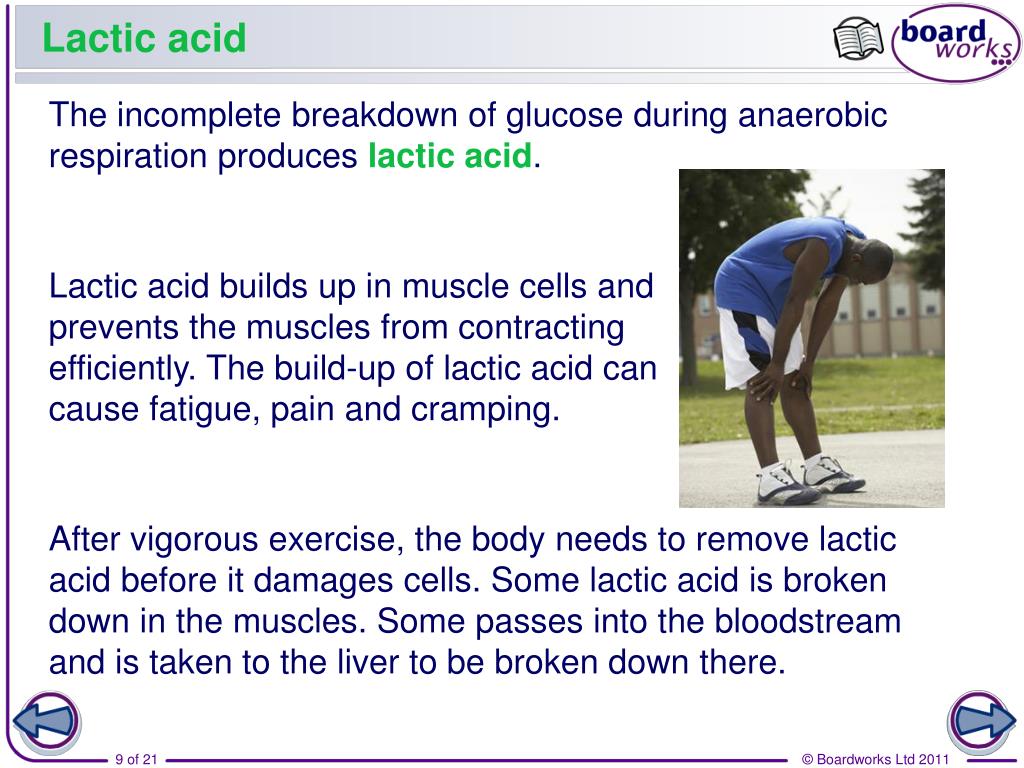
During vigorous exercise, the body's demand for energy increases. This means that the cells in the muscles need to work harder to create the energy they need to keep going. When the demand for energy is higher than the supply of oxygen, the cells switch to anaerobic metabolism. This means that they start to break down glucose without using oxygen. During this process, lactic acid is produced as a byproduct.
What Causes the Burning Sensation?

When lactic acid is produced, it can build up in the muscles and cause a burning sensation. This is because lactic acid is an acidic substance, and when it accumulates in the muscles, it lowers the pH of the area. This drop in pH can irritate nerve endings and cause pain and discomfort.
How Does the Body Get Rid of Lactic Acid?
The body has several ways of getting rid of lactic acid. One way is to convert it back into glucose and use it for energy. Another way is to transport it to the liver, where it can be converted into glucose and used for energy or removed from the body through urine. The body can also use oxygen to convert lactic acid into carbon dioxide and water, which can then be removed from the body through breathing.
Can Lactic Acid Build Up Be Prevented?

While lactic acid build-up is a natural process during exercise, there are things that can be done to reduce the amount of lactic acid produced. One way is to improve overall fitness levels, as this can increase the body's ability to use oxygen and reduce the need for anaerobic metabolism. Another way is to gradually increase the intensity of exercise to allow the body to adapt to the demands being placed on it.
Conclusion
Lactic acid is a byproduct of the body's energy production process during exercise, and it can cause discomfort and fatigue when it builds up in the muscles. However, the body has several ways of getting rid of lactic acid, and there are things that can be done to reduce its production. By understanding how lactic acid is produced and how the body gets rid of it, individuals can work to optimize their exercise routines and reduce the discomfort associated with lactic acid build-up.
Related video of Where Does Lactic Acid Come From During Vigorous Exercise
Grass is one of the most common plants found in almost every corner of the world. It is a versatile plant that can grow in different conditions and climates. The question is, where does grass grow? Let's find out.
Grass Grows in Different Climates
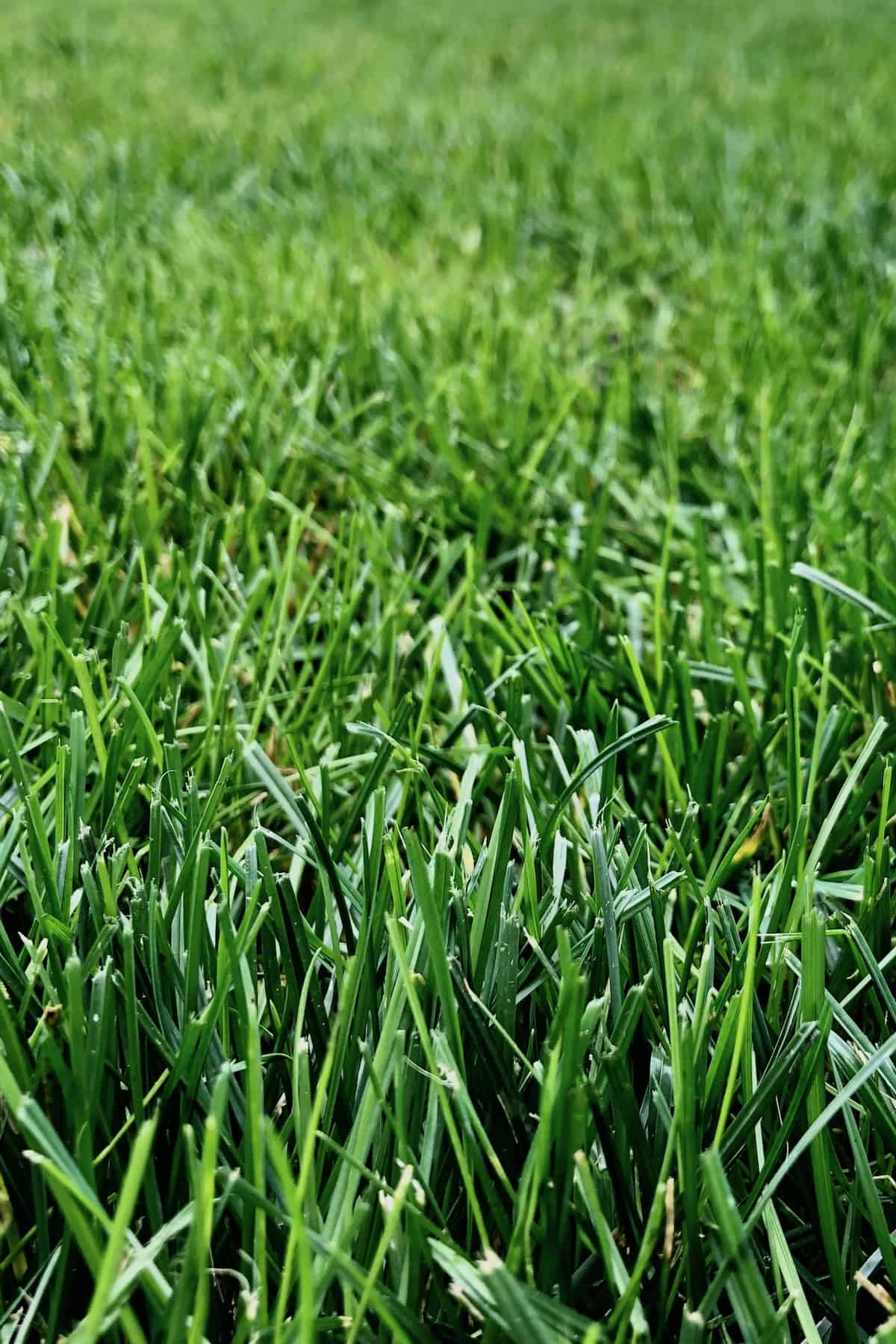
Grass can grow in different climates, from the hottest to the coldest regions. In tropical regions, grass grows all year round, while in temperate zones, it grows during spring and summer. In colder regions, grass goes dormant during winter and starts growing again when the temperature warms up.
Grass Grows in Different Soil Types

Grass can grow in different soil types, including sandy, loamy, and clay soils. However, it prefers well-drained soils that are rich in nutrients. Grass can also grow on rocky soils as long as the soil is not too compacted.
Grass Grows in Different Altitudes

Grass can grow in different altitudes, from sea level to high altitudes. Some grass species can grow at an altitude of over 4000 meters. However, the type of grass species that grows in a particular altitude depends on the climate and soil conditions of that area.
Grass Grows in Different Habitats

Grass can grow in different habitats, including forests, grasslands, wetlands, and deserts. However, the type of grass species that grows in a particular habitat depends on the soil, climate, and moisture conditions of that area.
Grass Grows in Lawns
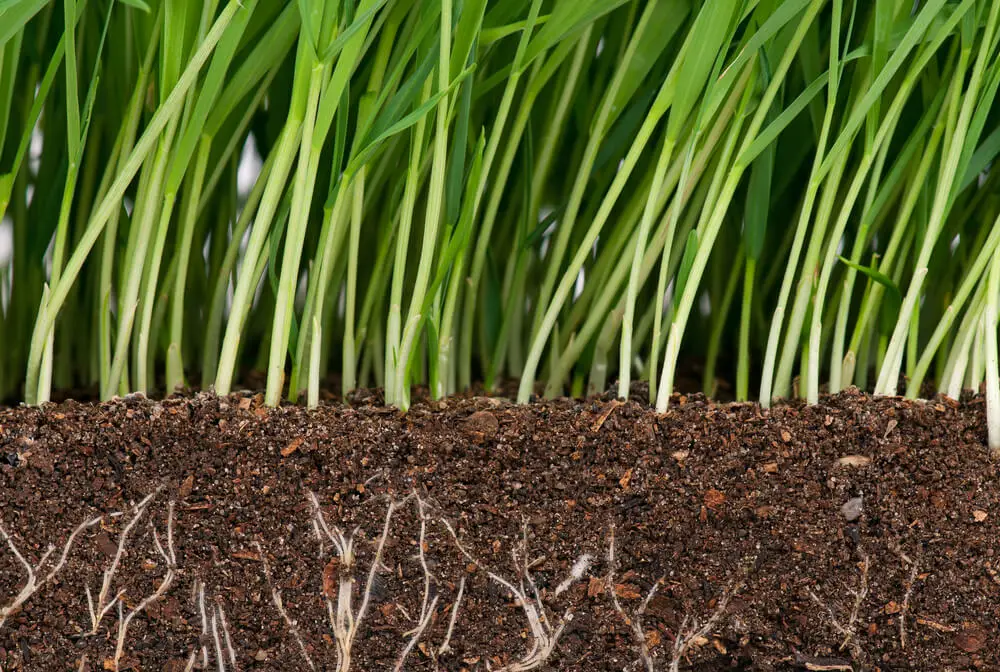
Grass is a common plant used in lawns. It is a low-maintenance plant that adds beauty to any landscape. Grass used in lawns is usually a type of turfgrass that is chosen based on the climate and soil conditions of that area.
Grass Grows in Pastures
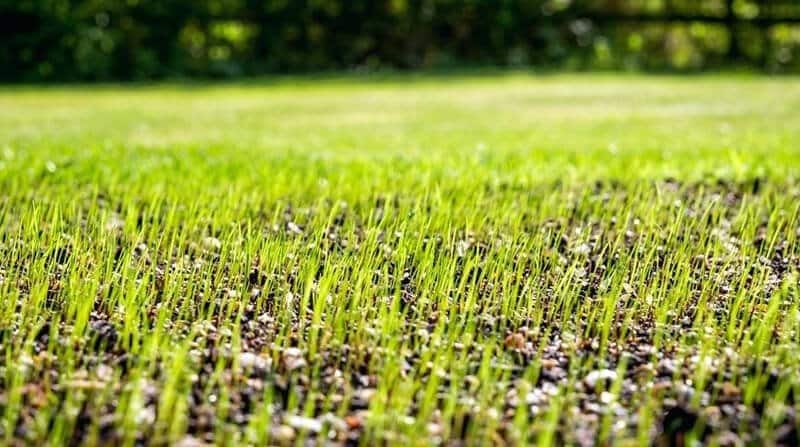
Grass is also used in pastures to feed livestock. Pastures are areas where grass is grown specifically for grazing animals. The type of grass grown in pastures depends on the type of livestock being raised and the climate and soil conditions of that area.
Grass Grows in Wild

Grass is a common plant found in the wild. It grows in different habitats and is an important part of the ecosystem. Grass provides food and shelter for many animals, including insects, birds, and mammals.
Conclusion
Grass is a versatile plant that can grow in different conditions and climates. It is a common plant found in almost every corner of the world. Whether it is in lawns, pastures, or wild, grass plays an important role in the ecosystem.
Related video of Where Does Grass Grow

Caterpillars are fascinating creatures that can be found in almost every corner of the world. They come in all shapes and sizes, and each species has its unique characteristics. One of the most remarkable things about caterpillars is their ability to produce silk. But where does caterpillar silk come from, and how is it made? In this article, we'll explore the answers to these questions and more.
What Is Caterpillar Silk?

Caterpillar silk is a thread-like substance that is produced by certain species of caterpillars. It is usually white or yellowish in color and has a soft, silky texture. The silk is made up of proteins that are secreted by glands in the caterpillar's body. These proteins are then spun into a silk thread, which the caterpillar uses for a variety of purposes.
How Is Caterpillar Silk Made?

Caterpillar silk is made in a specialized gland inside the caterpillar's body. This gland is called the silk gland, and it contains two different types of cells: the glandular cells and the duct cells. The glandular cells produce the proteins that make up the silk, while the duct cells spin the silk into a thread.
When the caterpillar is ready to spin its silk, it first releases a liquid protein from its silk gland. This protein is then forced through a small opening in the duct cells, which spin it into a thread. The caterpillar then uses its mouthparts to manipulate the thread, weaving it into a cocoon or using it to attach itself to a surface.
What Are the Different Types of Caterpillar Silk?

There are several different types of caterpillar silk, each with its unique properties and uses. Some of the most common types of caterpillar silk include:
- Dragline silk: This type of silk is the strongest and most durable. It is used to create the frame of a web or to attach the caterpillar to a surface.
- Cocoon silk: This type of silk is used by the caterpillar to create its cocoon. It is typically softer and more flexible than dragline silk.
- Gum silk: This type of silk is produced by the silk gland when the caterpillar is molting. It is sticky and is used to protect the caterpillar from predators.
Which Caterpillars Produce Silk?
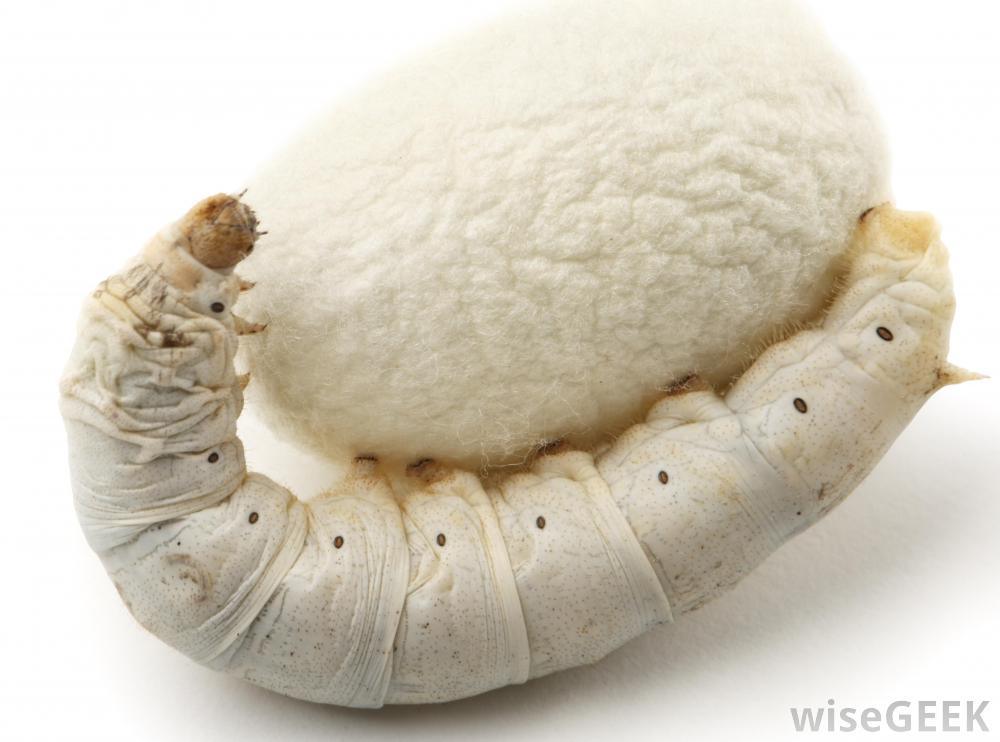
Not all caterpillars produce silk, but many species do. Some of the most well-known silk-producing caterpillars include:
- Silkworms: Silkworms are perhaps the most famous silk-producing caterpillars. They are used to produce silk fabric and are raised commercially in many parts of the world.
- Tent caterpillars: Tent caterpillars are known for their ability to produce large amounts of silk. They use their silk to create protective tents that shield them from predators.
- Bagworms: Bagworms are named for the protective bags they create out of silk and plant materials. These bags help to camouflage the caterpillar and protect it from predators.
What Are the Uses of Caterpillar Silk?

Caterpillar silk has many uses, both in nature and in human society. Some of the most common uses of caterpillar silk include:
- Creating cocoons: Many species of caterpillars use their silk to create cocoons in which they can pupate and transform into moths or butterflies.
- Building webs: Spiders are not the only creatures that build webs. Some caterpillars also use their silk to create webs that they use to catch prey.
- Producing silk fabric: Silkworms are used to produce silk fabric, which is highly prized for its softness, durability, and luster.
- Medical uses: Caterpillar silk has been used in medical research to create artificial skin, wound dressings, and other medical products.
Conclusion
Caterpillar silk is a fascinating substance that has many uses in nature and human society. It is produced by certain species of caterpillars, which spin it into a thread using specialized glands in their bodies. There are several different types of caterpillar silk, each with its unique properties and uses. Silkworms are perhaps the most famous silk-producing caterpillars, but many other species also produce silk. Whether used to create cocoons, build webs, produce silk fabric, or for medical purposes, caterpillar silk is a remarkable substance that has captured the imagination of scientists and laypeople alike.
Related video of Where Does Caterpillar Silk Come From?

Metal is an essential part of our daily lives, from the cars we drive to the buildings we work in. But have you ever stopped to wonder where all this metal comes from? In this article, we will explore the different sources of metal and how it is extracted.
Natural Sources of Metal

Most of the metals we use today come from natural sources such as ores and minerals. These are typically located underground and are extracted through mining. The most common types of metal ores include iron, copper, aluminum, nickel, and gold.
Iron is the most commonly used metal in the world and is primarily extracted from iron ore deposits. Copper is also widely used and is extracted from copper ore deposits. Aluminum, on the other hand, is typically extracted from bauxite ore.
Recycling Metal
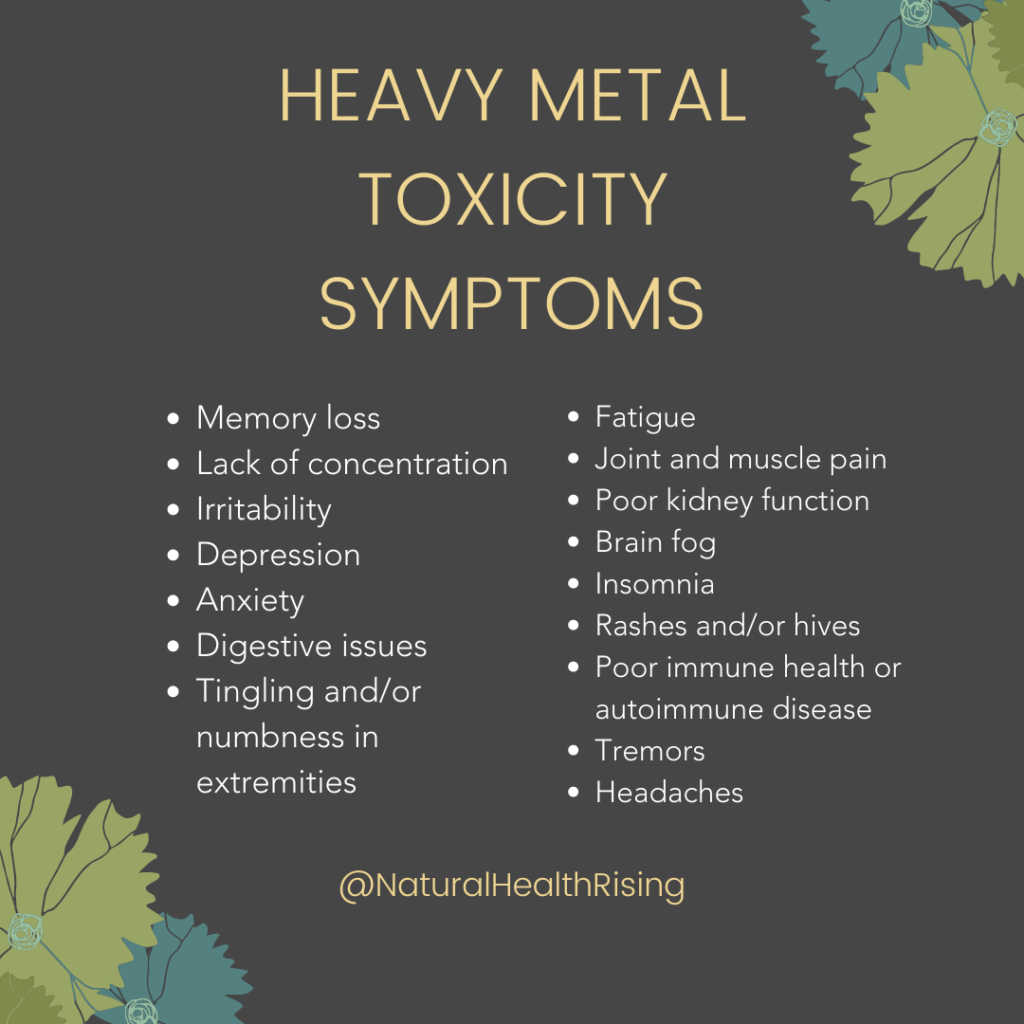
Another source of metal is through recycling. When products made of metal reach the end of their useful life, they can be melted down and recycled into new products. This not only conserves natural resources but also reduces the amount of waste sent to landfills.
Recycling metal is an important part of sustainability, and many industries have made significant strides in reducing waste and increasing recycling rates. For example, the automotive industry recycles around 90% of its aluminum scrap, and the construction industry recycles around 70% of its steel.
The Process of Extracting Metal

Extracting metal from ores and minerals is a complex process that involves several steps. The first step is mining, which involves drilling into the earth to reach the ore deposits. Once the ore is extracted, it is transported to a processing plant where it is crushed and separated into its various components.
Next, the metal is extracted from the ore through a process called smelting. This involves heating the ore to high temperatures to melt the metal, which is then separated from the other components. The metal is then refined and purified through additional processes before it is ready for use.
The Importance of Sustainable Metal Extraction

While metal is an essential part of our lives, it is important to consider the impact of extracting and using it. Many mining practices can have negative environmental impacts, such as soil erosion, water pollution, and deforestation.
For this reason, sustainable metal extraction practices are becoming increasingly important. This involves using responsible mining practices that minimize environmental impact and promote social responsibility.
Conclusion
Metal is an essential part of our daily lives and is obtained from natural sources such as ores and minerals. Recycling metal is also an important source of metal that helps to conserve natural resources and reduce waste. The process of extracting metal is complex and involves several steps, including mining, smelting, and refining.
It is important to consider the impact of metal extraction on the environment and to promote sustainable practices that minimize environmental impact and promote social responsibility.
Related video of Where Do You Get Metal From

Introduction
Tears are a natural bodily function that we all experience at some point in our lives. Whether it's from crying over a sad movie or a physical injury, tears are an important part of our overall health and well-being. But have you ever wondered where tears come from and why we produce them?

Tear Glands
The answer lies in our tear glands, which are located above our eyes. These glands produce tears, which then flow through small ducts and onto the surface of our eyes. There are three types of tear glands - the lacrimal gland, the accessory lacrimal glands, and the glands of Krause and Wolfring.
The lacrimal gland is the largest and most important tear gland. It's located in the upper outer corner of each eye and produces the majority of our tears. The accessory lacrimal glands are located under the conjunctiva and produce additional tears. The glands of Krause and Wolfring are located in the eyelids and produce a small amount of tears.
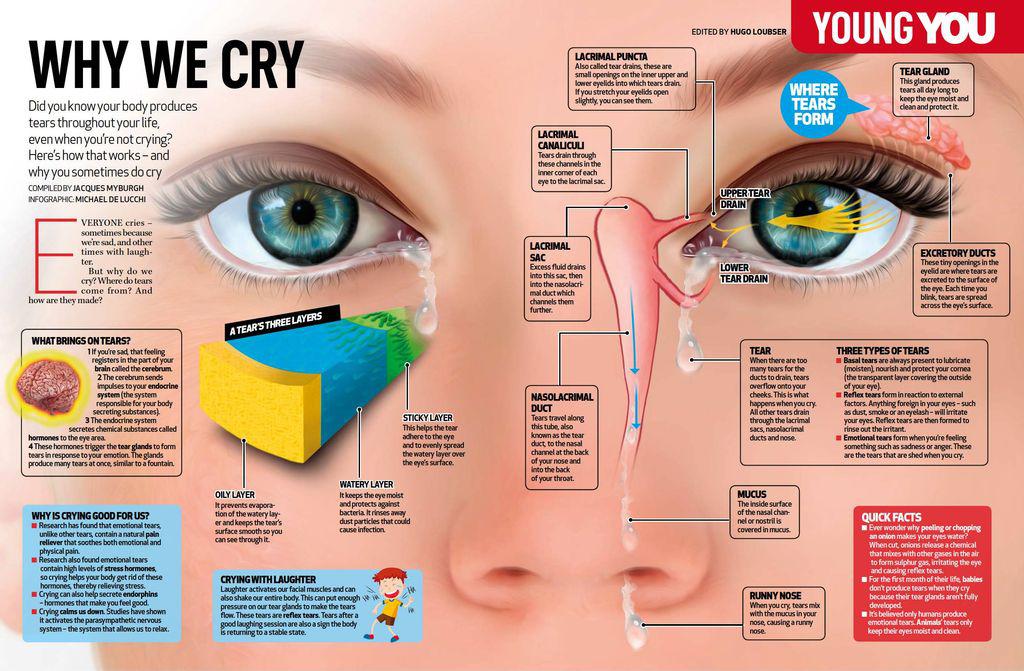
Types of Tears
Not all tears are created equal. In fact, there are three distinct types of tears - basal tears, reflex tears, and emotional tears.
Basal tears are constantly produced by our tear glands to keep our eyes lubricated and moist. These tears are important for maintaining the health of our eyes and preventing dryness and irritation.
Reflex tears are produced in response to an irritant, such as dust or smoke. These tears help flush out the irritant and protect our eyes from damage.
Emotional tears are produced in response to strong emotions, such as sadness, joy, or frustration. These tears are believed to have a therapeutic effect and can help us process our emotions.

Benefits of Crying
While crying may seem like a negative experience, there are actually many benefits to shedding tears. For one, crying can help relieve stress and tension, which can improve our overall mental health. Tears also contain natural painkillers and mood-boosting chemicals, which can help us feel better after a difficult experience.
Crying can also help us connect with others and build empathy. When we see someone else crying, we are more likely to feel compassion and understanding for their situation.

Dry Eye Syndrome
While tears are important for maintaining the health of our eyes, some people experience a condition known as dry eye syndrome. This occurs when our tear glands don't produce enough tears, or when our tears evaporate too quickly.
Dry eye syndrome can cause a variety of symptoms, including itching, burning, redness, and sensitivity to light. It can also lead to corneal damage and vision problems if left untreated.

Treatments for Dry Eye
If you're experiencing symptoms of dry eye syndrome, there are several treatments available. These include artificial tears, which can help lubricate your eyes and reduce dryness. In more severe cases, your doctor may recommend prescription eye drops or other medications to help increase tear production.
In addition to medical treatments, there are also lifestyle changes you can make to reduce your risk of dry eye syndrome. These include taking frequent breaks when using a computer or reading, avoiding cigarette smoke and other irritants, and staying hydrated.
Conclusion
Tears are a natural and important part of our overall health and well-being. Whether we're shedding tears of joy or sorrow, our tear glands play a vital role in keeping our eyes healthy and functioning properly. By understanding where tears come from and how they function, we can better appreciate the importance of this often-overlooked bodily function.
Related video of Where Do Tears Come From

Introduction
Reindeer, also known as caribou in North America, are a species of deer that live in the Arctic and sub-Arctic regions of the world. They are known for their impressive antlers and for being the only deer species in which both males and females grow antlers.Range
Reindeer are found in the northern parts of North America, Europe, Asia, and Greenland. In North America, they can be found in Alaska, Canada, and parts of the northern United States. In Europe, they are found in Norway, Sweden, Finland, and Russia. In Asia, they are found in Siberia, Mongolia, and China.Habitat
Reindeer live in a variety of habitats, including tundra, forests, and mountains. They are highly adapted to living in cold environments and are able to survive in harsh conditions where other animals cannot. They are able to do this because of their thick, insulating fur and their ability to eat a variety of plants, including lichens and mosses.Migration
Many reindeer populations are migratory, meaning that they travel long distances each year in search of food and suitable breeding grounds. In North America, the Porcupine caribou herd migrates over 1,500 miles each year, making it one of the longest migrations of any land mammal.Population
There are around 5 million reindeer in the world, with the largest populations found in Russia, Canada, and Alaska. Some populations are considered endangered due to habitat loss, hunting, and climate change.Threats to Reindeer
Reindeer face a number of threats in their natural habitat, including predation by wolves and other carnivores, hunting by humans, and habitat loss due to oil and gas development and climate change. Climate change, in particular, is having a significant impact on reindeer populations, as warmer temperatures are causing changes in vegetation patterns and making it harder for reindeer to find food.Conservation Efforts
There are a number of conservation efforts underway to protect reindeer populations and their habitats. In North America, the Porcupine caribou herd is protected under the Alaska National Wildlife Refuge, which prohibits oil and gas development in the area. In Europe, efforts are underway to protect reindeer habitats and to reduce the impact of climate change on reindeer populations.Conclusion
Reindeer are an iconic species of the Arctic and sub-Arctic regions of the world. They are highly adapted to living in cold environments and are able to survive in harsh conditions where other animals cannot. However, they face a number of threats, including habitat loss and climate change. Conservation efforts are underway to protect reindeer populations and their habitats, but more work needs to be done to ensure their long-term survival.Related video of Where Do Reindeer Live?
Pearls are precious gems that have been cherished for centuries. They are known for their lustrous shine and unique beauty. Pearls are also one of the oldest known gems, and they have been used in jewelry and other decorative items for thousands of years. But where do pearls come from?
What are pearls?
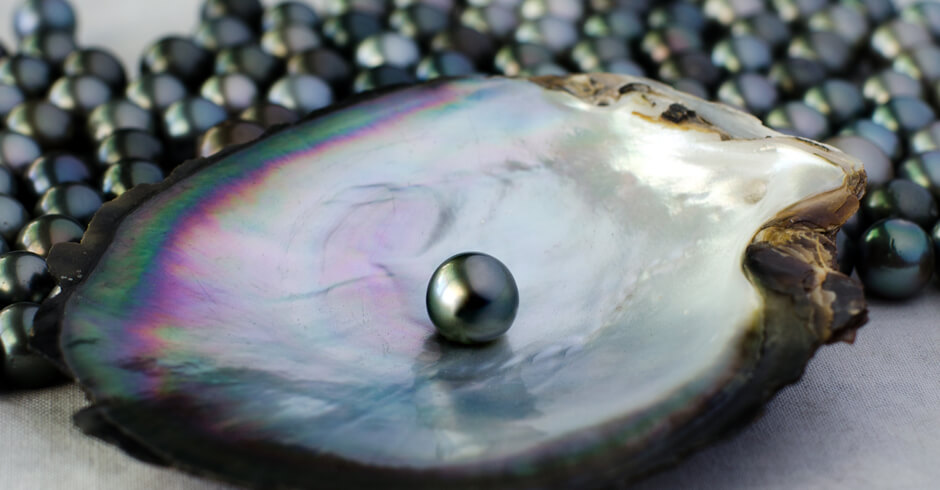
Pearls are formed inside the shells of certain mollusks, such as oysters and mussels. Unlike other gems, pearls are not mined from the earth. Instead, they are created by living creatures. A pearl is formed when a foreign object, such as a piece of sand or a parasite, enters the mollusk's shell. The mollusk then secretes a substance called nacre, which forms a coating around the foreign object. Over time, the layers of nacre build up, creating a pearl.
Where do pearls come from?

Pearls can be found in many parts of the world, but the majority of pearls come from Asia. China is the largest producer of freshwater pearls, while Japan is known for its high-quality saltwater pearls. Other countries that produce pearls include Australia, the Philippines, and Tahiti.
Types of pearls
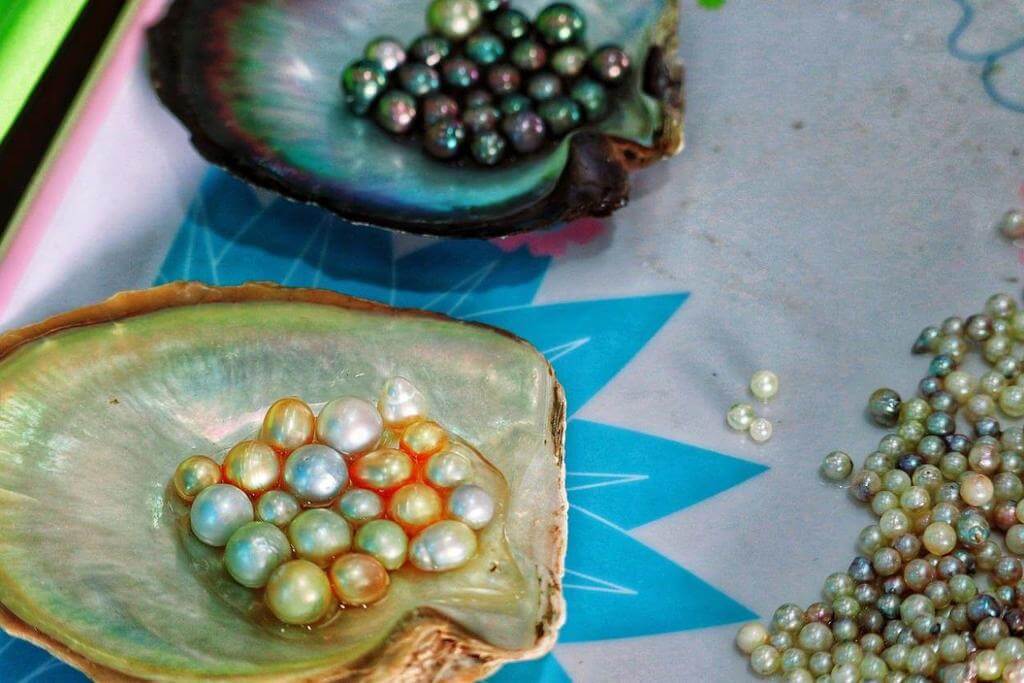
There are two main types of pearls: freshwater pearls and saltwater pearls. Freshwater pearls are formed in freshwater mussels and are usually smaller and less expensive than saltwater pearls. Saltwater pearls are formed in oysters that live in the ocean and are generally larger and more valuable than freshwater pearls. Saltwater pearls also come in a wider range of colors, including white, black, and pink.
How are pearls harvested?

Harvesting pearls is a delicate process that requires skilled workers. In saltwater pearl farming, oysters are usually raised in special farms where they are carefully monitored and tended to. After several years, the oysters are harvested and the pearls are removed. Freshwater pearl farming is a bit different, as mussels are usually grown in ponds or lakes. The mussels are then harvested and the pearls are removed.
What are the uses of pearls?
.jpg)
Pearls are mainly used in jewelry, such as necklaces, bracelets, and earrings. They are also used in other decorative items, such as buttons and hairpins. Pearls have long been associated with elegance and sophistication, and they are often worn on special occasions such as weddings and formal events.
Conclusion
Pearls are truly one of nature's most beautiful creations. They are unique gems that are formed by living creatures, and they have been cherished by humans for thousands of years. Whether you wear them as jewelry or simply admire them for their beauty, pearls are a true wonder of the natural world.
Related video of Where Do Pearls Come From

When someone is sentenced to prison, the first question that comes to mind is "where do inmates go?" The answer is not as simple as you might think. There are many different types of prisons, and where a prisoner is sent depends on a variety of factors.
County Jail

Before an inmate is sent to a state or federal prison, they may spend time in a county jail. County jails are typically used to hold inmates who are awaiting trial or sentencing. In some cases, a prisoner may be sentenced to serve time in a county jail rather than a state or federal prison. County jails are generally smaller than state or federal prisons, and the conditions can vary widely depending on the location.
State Prison

When a prisoner is sentenced to serve time in a state prison, they will be sent to a facility that is run by the state government. State prisons are larger than county jails and typically hold prisoners who have been convicted of more serious crimes. The conditions in state prisons can also vary widely depending on the location, but they are generally stricter than county jails.
Federal Prison

When a prisoner is sentenced to serve time in a federal prison, they will be sent to a facility that is run by the federal government. Federal prisons are generally reserved for prisoners who have been convicted of federal crimes, such as drug trafficking or white-collar crimes. The conditions in federal prisons are usually stricter than state prisons.
Maximum Security Prison

A maximum security prison is a facility that is designed to hold prisoners who are considered to be a high risk for escape or violence. These prisons have very strict security measures in place, such as armed guards and razor wire fences. Inmates in maximum security prisons are usually kept in their cells for most of the day and have limited access to the outside world.
Medium Security Prison

Medium security prisons are designed to hold prisoners who are considered to be a moderate risk for escape or violence. These prisons have less strict security measures than maximum security prisons, but they are still heavily guarded. Inmates in medium security prisons may have more freedom to move around the facility and may have more access to programs and activities.
Minimum Security Prison
Minimum security prisons are designed to hold prisoners who are considered to be a low risk for escape or violence. These prisons have the least strict security measures of any type of prison, and inmates may have more freedom to move around the facility and participate in programs and activities. Many minimum security prisons are also known as "camp" facilities, where inmates live in dormitory-style housing rather than individual cells.
Psychiatric Hospital
Some inmates may be sent to a psychiatric hospital if they have a mental illness or disorder that requires treatment. These facilities are designed to provide mental health care to prisoners who need it. Inmates who are sent to a psychiatric hospital may receive therapy, medication, and other treatments to help manage their condition.
Conclusion
When someone is sentenced to prison, where they go depends on a variety of factors, including the type of crime they were convicted of and the level of security that is required. Whether they are sent to a county jail, state prison, federal prison, or psychiatric hospital, the conditions inside these facilities can vary widely. Understanding where inmates go after being sentenced can help to shed light on the criminal justice system and the challenges that prisoners face while incarcerated.